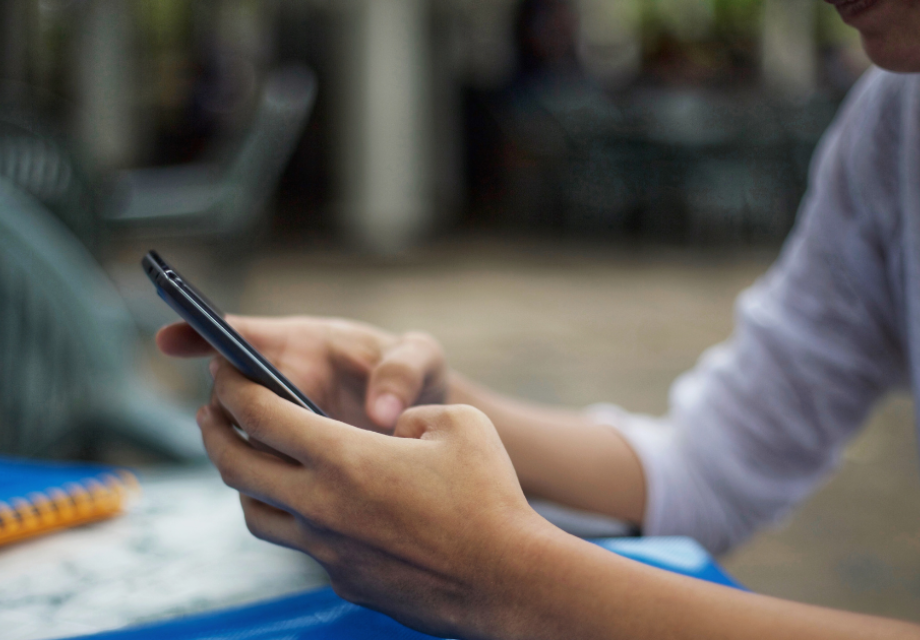Online HIV self-testing shows promise in the Philippines
Hester Phillips
14 April 2022
Online scheme for men who have sex with men and transgender women proves popular – but providing face-to-face testing support is essential for reaching some of the most at-risk people
The Philippines has the fastest growing HIV epidemic in the world. But it has limited options for HIV testing. Can online self-testing help to reach more men who have sex with men and transgender women?
What is the research about?
Whether transgender women and cisgender men who have sex with men in the Philippines are likely to self-test for HIV if kits are made available to them.
This study evaluated a community-led, online-based HIV self-testing demonstration project, which ran between March and November 2020 in Western Visayas.
Anyone from either community living in the area could order an HIV self-testing kit online to be delivered to their home or collected at a community-based organisation (CBO). They could test on their own, or they could ask for face-to-face support from a CBO. They were called after testing and offered counselling and links to services.
Why is this research important?
In the Philippines, HIV testing is mainly available in health facilities, plus some community-based testing schemes. This means people who are stigmatised often avoid testing. This includes cisgender men who have sex with men and transgender women, despite both groups being at high risk of HIV.
What did they find out?
Over 10 months, 647 people received a self-testing kit. Just over half (55%) were first-time testers.
Most (90%) preferred to self-test for HIV without assistance. But one in ten (10%) asked for support.
Almost everyone who tested (99%) reported their results. Around 8% screened positive for HIV. People who asked for assistance were more likely to screen positive. Of these who screened positive, 86% were linked to HIV care. But only half (51%) began antiretroviral treatment (ART).
All those who screened negative for HIV were linked to HIV prevention (risk reduction counselling, condoms and lubricants). Only two people (0.3%) were linked to PrEP services.
Just under half (46%) of those testing were willing to distribute testing kits to their peers.
There was a strict COVID-19 lockdown during the study. But the online-based nature of the programme allowed HIV self-testing to continue.
What does this mean for HIV services?
Cis-men who have sex with men and transgender women in the Philippines are likely to use HIV self-testing kits if they can order them online. This is especially useful for reaching first-time testers, who in this study preferred to test in private, without assistance.
Although most people wanted to self-test without assistance, one in ten people asked for help. It is very important to cater for both needs.
In this study, the people who wanted assistance with self-testing were more likely to screen positive for HIV. They were also more likely to have had three or more sexual partners in the past year. If assistance had not been available, some of the most at-risk people might not have self-tested. People who were assisted with HIV self-testing were also more likely to start ART, even during COVID-19 restrictions.
Rather than just showing people how to use a self-test, it can be useful to provide emotional support and risk-reduction counselling as part of self-testing assistance. This could be done by trained peers. In this study, around one in two people who self-tested were willing to distribute kits to their peers.
Only a limited number of CBOs involved in the scheme could prescribe ART or PrEP, which might explain the low uptake. It is important to ensure that anyone with a positive self-test result can get community-based confirmatory testing and same day ART. People who screen HIV-negative should be able to access community-based PrEP, ideally at no cost to them.
Get our news and blogs by email
Keep up-to-date with all our latest news stories and blogs by signing up to the Be in the KNOW news digest.
